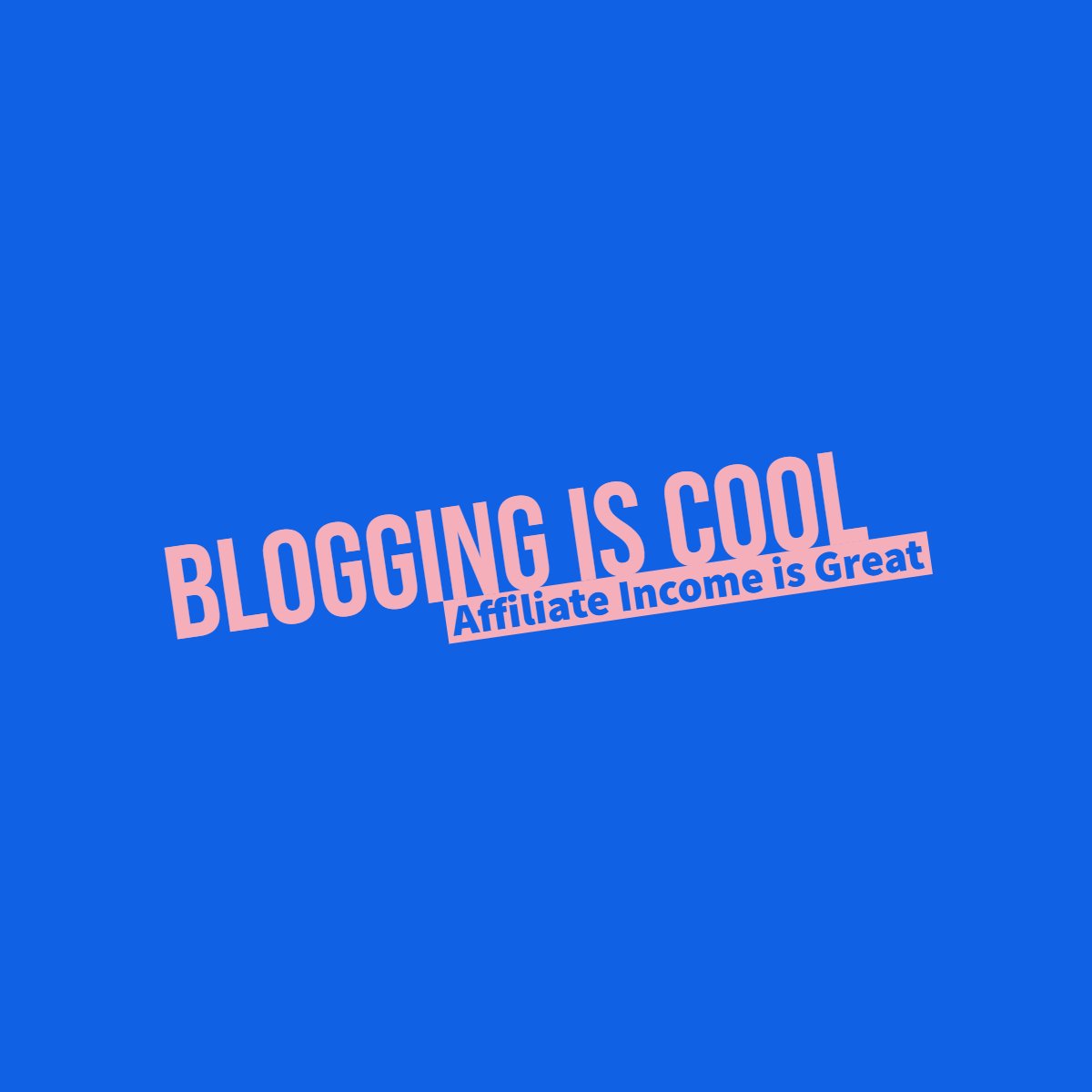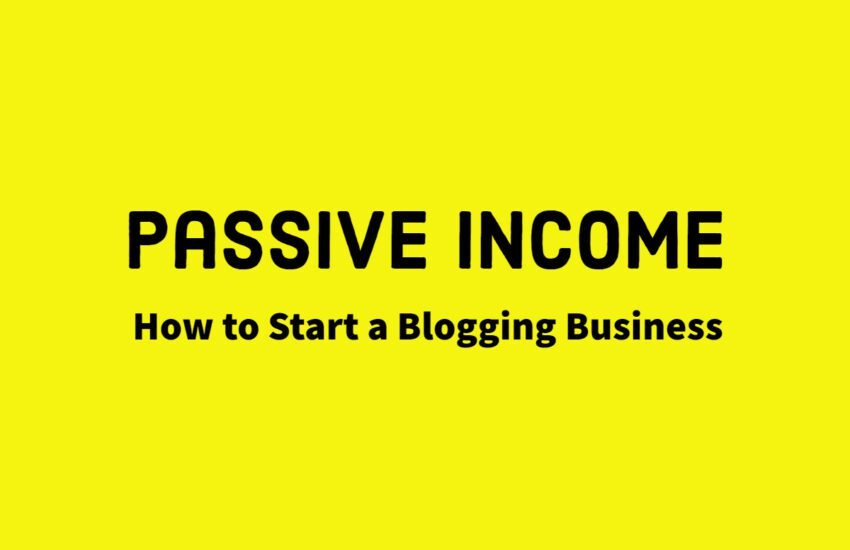The Importance of an Engaging “About” Page on Your Blog
- The About Page
- Why is About Page Important
- Conclusion
- Frequently Asked Questions
- 1. Why is having an engaging “About” page important for a blog?
- 2. What elements should be included in an engaging “About” page for a blog?
- 3. How can an engaging “About” page help establish trust with blog visitors?
- **4. Can an engaging “About” page help drive traffic and increase engagement on a blog?**
- 5. How should the tone and voice of an engaging “About” page be tailored to resonate with the blog’s target audience?
- 6. How can storytelling be effectively utilized on an engaging “About” page?
- 7. How can an engaging “About” page contribute to brand differentiation and positioning in a crowded blogosphere?
- 8. How can visuals enhance the storytelling aspect of an engaging “About” page?
- 9. How can an engaging “About” page be optimized for SEO to improve discoverability and search rankings?
- 10. How can user feedback and analytics be leveraged to continuously improve an engaging “About” page?
The About Page
When it comes to running a successful blog, one of the most crucial elements is the “About” page. This page serves as a gateway for your readers to get to know you, understand your expertise, and ultimately decide whether to trust and follow your advice.
Why is About Page Important
In this article, we will explore why it is essential to have a well-crafted “About” page that showcases your qualifications and establishes you as a subject matter expert in your field.
Building Trust and Credibility
As a blogger, you want your audience to have confidence in your knowledge and expertise. Your “About” page is the perfect opportunity to establish your credibility and build trust with your readers. Start by providing a brief introduction that highlights your background and experience in the industry.
Explain why you are passionate about the subject matter and how your unique perspective sets you apart from others. Share any relevant qualifications, certifications, or achievements that demonstrate your expertise. Remember, your goal is to convince your readers that you are a reliable source of information.
Connecting with Your Audience
Your “About” page should also focus on connecting with your audience on a personal level. Share your story, including how and why you started your blog. Let your readers know what inspired you to share your knowledge and how you can help them solve their problems or achieve their goals.
Don’t be afraid to inject some personality into your writing. Showcasing your authentic self will make it easier for your readers to relate to you and develop a sense of connection. Consider including a professional photo of yourself to further humanize your blog and make it more relatable.
Showcasing Your Expertise
One of the primary purposes of your “About” page is to establish yourself as a subject matter expert. Clearly communicate your areas of expertise and the specific topics you cover on your blog. This will help your readers understand why they should trust your advice and follow your recommendations.
Highlight any relevant professional experience, such as years of working in the industry, successful projects you have completed, or any recognition you have received. Including testimonials or endorsements from satisfied clients or readers can also be a powerful way to showcase your expertise.
Engaging Design and Format
In addition to the content, the design and format of your “About” page play a crucial role in capturing and retaining your readers’ attention. Use an engaging layout that is visually appealing and easy to navigate. Break up the text into smaller paragraphs and use subheadings to make it more scannable.
Consider incorporating multimedia elements, such as images or videos, to make your “About” page more dynamic and engaging. These visual elements can help reinforce your message and leave a lasting impression on your readers.
Conclusion
Your “About” page is a vital component of your blog that can make or break the trust and connection you establish with your audience. By crafting a well-written and engaging “About” page, you can effectively communicate your qualifications, build trust, and showcase your expertise. Remember to keep it personal, authentic, and visually appealing to make a lasting impression on your readers.
Frequently Asked Questions
1. Why is having an engaging “About” page important for a blog?
An engaging “About” page is vital for a blog as it serves as a virtual handshake with visitors, introducing them to the blog’s purpose, personality, and the people behind it. It offers an opportunity to establish a connection with the audience, build credibility, and differentiate the blog from competitors. Additionally, an effective “About” page can help visitors understand the value proposition of the blog, its relevance to their interests, and why they should invest their time in exploring its content further.
2. What elements should be included in an engaging “About” page for a blog?
An engaging “About” page should include several key elements to captivate and resonate with visitors:
– Introduction: A compelling opening statement that grabs attention and sets the tone for the rest of the page.
– Storytelling: Narratives or anecdotes that convey the journey, inspiration, and passion behind the blog, making it relatable and memorable.
– Mission and Values: Clear articulation of the blog’s mission, goals, and core values, highlighting what sets it apart and why it matters.
– Author Bio(s): Profiles of the blog’s creators or contributors, including their backgrounds, expertise, and personal anecdotes to humanize the content.
– Audience Engagement: Calls-to-action encouraging visitors to subscribe, connect on social media, or explore related content to deepen engagement.
– Visuals: High-quality images, videos, or graphics that enhance the visual appeal and storytelling aspect of the page.
3. How can an engaging “About” page help establish trust with blog visitors?
An engaging “About” page plays a crucial role in establishing trust with blog visitors by providing transparency, authenticity, and relatability. By sharing the story behind the blog, its creators, and their motivations, the page demonstrates openness and sincerity, fostering a sense of familiarity and connection with the audience. Additionally, showcasing the blog’s mission, values, and expertise builds credibility and reassures visitors of the blog’s integrity and commitment to delivering valuable content that aligns with their interests and needs.
**4. Can an engaging “About” page help drive traffic and increase engagement on a blog?**
Yes, an engaging “About” page can help drive traffic and increase engagement on a blog by capturing the interest and curiosity of visitors and compelling them to explore further. A well-crafted “About” page serves as a gateway to the rest of the blog, enticing visitors to delve deeper into its content, subscribe to updates, or share it with others who may be interested. By creating a positive first impression and conveying the unique value proposition of the blog, an engaging “About” page encourages visitors to stay longer, interact more, and return for future visits.
5. How should the tone and voice of an engaging “About” page be tailored to resonate with the blog’s target audience?
The tone and voice of an engaging “About” page should be tailored to resonate with the blog’s target audience by reflecting their preferences, interests, and communication style. Consider factors such as age, gender, education level, cultural background, and psychographic characteristics when determining the appropriate tone. For example, a blog targeting millennials interested in lifestyle and wellness may adopt a casual, conversational tone with playful language and emojis, whereas a blog targeting professionals in finance may opt for a more formal, authoritative tone with industry-specific terminology and data-driven insights. Ultimately, the goal is to create a tone and voice that resonates with the audience and cultivates a sense of connection and understanding.
6. How can storytelling be effectively utilized on an engaging “About” page?
Storytelling can be effectively utilized on an engaging “About” page by weaving narratives, anecdotes, and personal experiences into the content to captivate and emotionally resonate with visitors. Start by identifying key themes, milestones, or turning points in the journey of the blog and its creators that are compelling and relevant to the audience. Use descriptive language, vivid imagery, and sensory details to bring the story to life and evoke emotions such as curiosity, empathy, or inspiration. Incorporate elements of conflict, resolution, and transformation to create a narrative arc that keeps readers engaged and invested in the journey. Finally, tie the storytelling back to the mission and values of the blog to reinforce its purpose and significance to the audience.
7. How can an engaging “About” page contribute to brand differentiation and positioning in a crowded blogosphere?
An engaging “About” page can contribute to brand differentiation and positioning in a crowded blogosphere by highlighting the unique story, personality, and value proposition of the blog. By showcasing the distinctive qualities, perspectives, and expertise of its creators, the page sets the blog apart from competitors and establishes a memorable brand identity that resonates with the target audience. Emphasizing the mission, values, and niche focus of the blog reinforces its relevance and credibility within a specific market segment, attracting like-minded readers who share similar interests and values. Ultimately, an engaging “About” page serves as a powerful tool for shaping perceptions, building relationships, and carving out a distinct space in the competitive landscape of the blogosphere.
8. How can visuals enhance the storytelling aspect of an engaging “About” page?
Visuals can enhance the storytelling aspect of an engaging “About” page by complementing the narrative with compelling imagery, videos, or graphics that evoke emotions and reinforce key messages. Choose visuals that align with the tone, theme, and personality of the blog, such as photos of the creators, behind-the-scenes snapshots, or mood boards that capture the aesthetic and vibe of the brand. Incorporate multimedia elements strategically throughout the page to break up text, create visual interest, and guide the reader’s journey through the story. Use captions, annotations, or overlays to provide context or highlight important details in the visuals, enhancing their impact and storytelling effectiveness. Overall, visuals play a crucial role in engaging the audience’s senses, eliciting emotional responses, and making the “About” page more memorable and immersive.
9. How can an engaging “About” page be optimized for SEO to improve discoverability and search rankings?
To optimize an engaging “About” page for SEO, incorporate relevant keywords, phrases, and long-tail queries related to the blog’s niche, mission, and audience interests throughout the content. Use descriptive titles, headings, and meta tags that accurately reflect the page’s content and purpose to improve visibility in search engine results. Structure the page with clear sections, bullet points, or lists to enhance readability and facilitate scanning by search engine crawlers. Include internal links to other relevant pages or posts on the blog to encourage exploration and improve site navigation. Additionally, optimize image alt text, file names, and captions with keywords to enhance the page’s accessibility and relevance for image search. Regularly monitor performance metrics such as organic traffic, bounce rate, and time on page to identify opportunities for optimization and refinement based on user behavior and search trends.
10. How can user feedback and analytics be leveraged to continuously improve an engaging “About” page?
User feedback and analytics can be leveraged to continuously improve an engaging “About” page by gaining insights into visitor preferences, behavior, and engagement metrics. Encourage feedback through surveys, polls, or comment sections to gather insights on what resonates most with users and areas for improvement. Monitor analytics data such as page views, bounce rate, time on page, and click-through rates to assess the performance and effectiveness of the “About” page over time. Identify patterns, trends, or
correlations in user behavior that may indicate opportunities for optimization or refinement, such as adjusting content, visuals, or calls-to-action. A/B test different elements or variations of the “About” page to experiment with messaging, design, or layout and determine what drives the highest engagement and conversions. Finally, iterate and iterate based on feedback and analytics to continuously enhance the “About” page and ensure it remains relevant, compelling, and impactful for the target audience.


